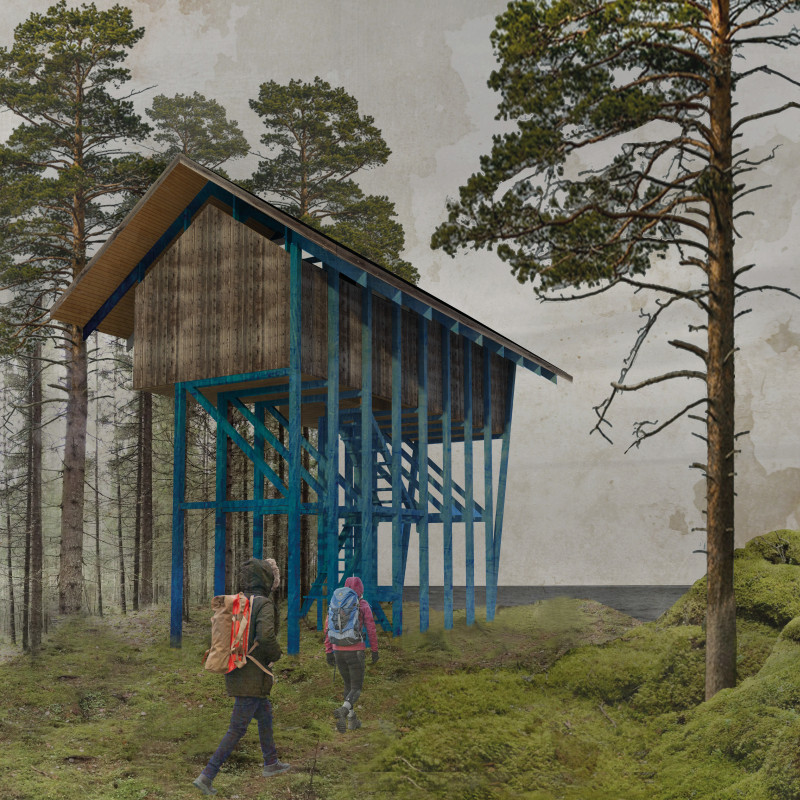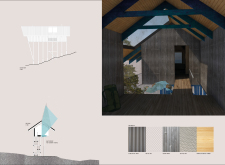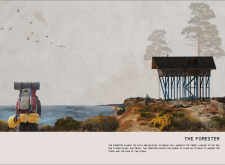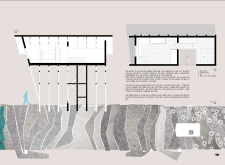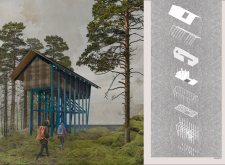5 key facts about this project
This design emphasizes sustainability, showcasing the careful selection of materials that minimize environmental impact. Elements such as energy-efficient systems and natural ventilation are woven into the architecture, enhancing the overall functionality of the building. By implementing these features, the project not only meets the immediate needs of its users but also contributes to broader environmental goals.
The architectural layout is characterized by a thoughtful spatial organization that balances openness with privacy. Public areas are inviting and easily accessible, encouraging social interaction, while private zones are strategically positioned to provide users with a sense of retreat. This duality speaks to the project’s intention to serve diverse community needs, making it a versatile gathering space.
Unique design approaches are evident throughout the project, particularly in its use of light and space. Careful consideration of natural light plays a crucial role in shaping the indoor atmosphere. Large windows and strategically placed openings allow daylight to penetrate deep into the interiors, reducing reliance on artificial lighting and creating an uplifting environment. This focus on passive design not only enhances the aesthetic quality but also contributes to the building's energy efficiency.
The materiality of the design further distinguishes it. The architecture employs a blend of local stone, sustainably sourced timber, and modern glass systems which harmonize with the surrounding landscape. Each material has been chosen for its durability, aesthetic qualities, and performance attributes, ensuring the building stands the test of time while remaining visually appealing.
Incorporating landscape design into the project enhances its connection to the environment. Outdoor spaces, such as terraces and gardens, complement the architecture, offering users additional areas to engage with nature. These elements not only provide aesthetic value but also promote well-being by encouraging outdoor activity and interaction among community members.
Another noteworthy detail is the integration of technology within the design. Smart building systems enhance user experience by providing comfort and convenience, while advanced materials contribute to the building’s energy efficiency. The combination of innovative technology with traditional craftsmanship underscores the project’s balance between modernity and tradition.
As one delves deeper into the specific architectural plans, sections, and designs, further layers of meaning and functionality become evident. The project stands as a reflection of thoughtful architectural practices that respect both environmental considerations and user needs, crafting spaces that promote community interaction while respecting their context.
The design invites further exploration into its various architectural ideas and solutions presented throughout. Engaging with the finer details of the project will provide a richer understanding of how the architecture responds to both its immediate environment and the broader aims of sustainable design. Readers are encouraged to explore the project presentation for more insights, including unique architectural plans and sections that illustrate the comprehensive approach taken in this thoughtfully conceived endeavor.


